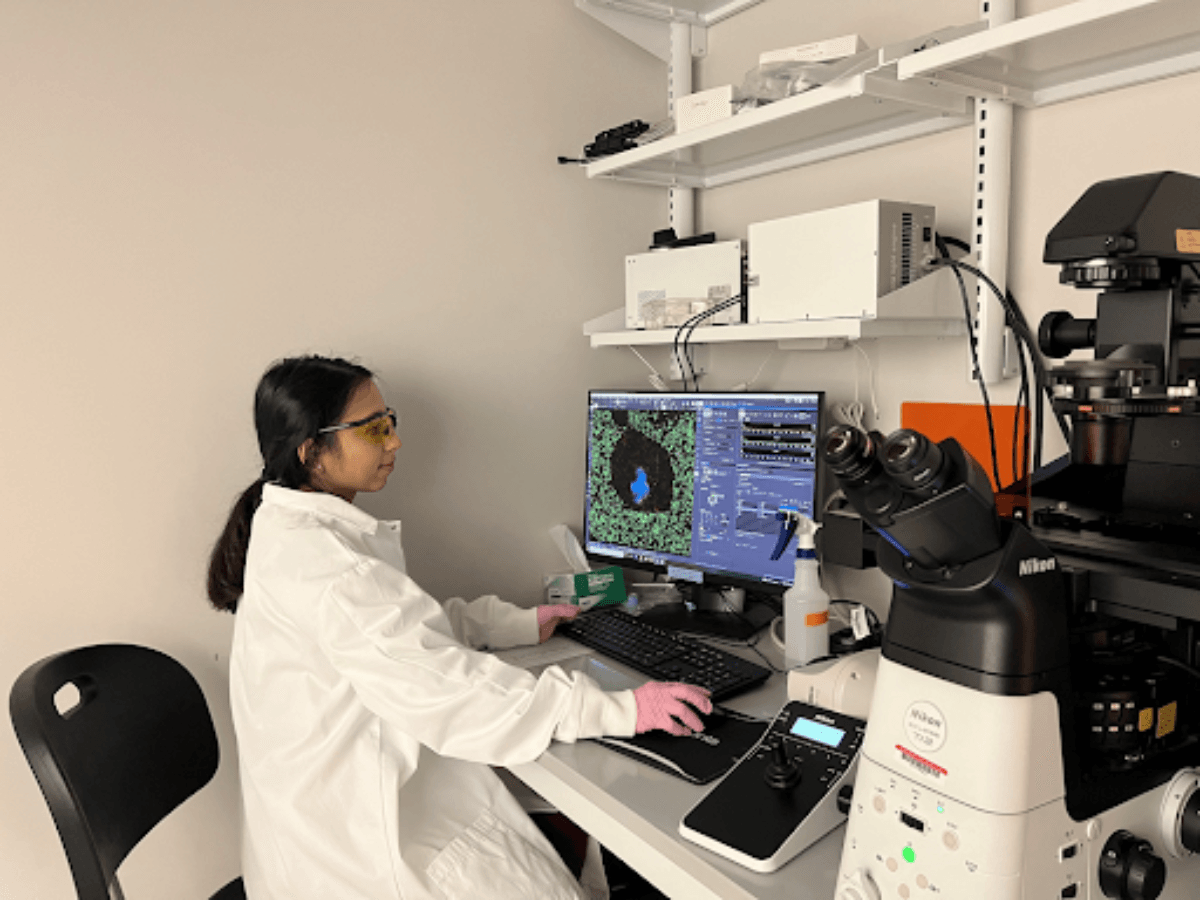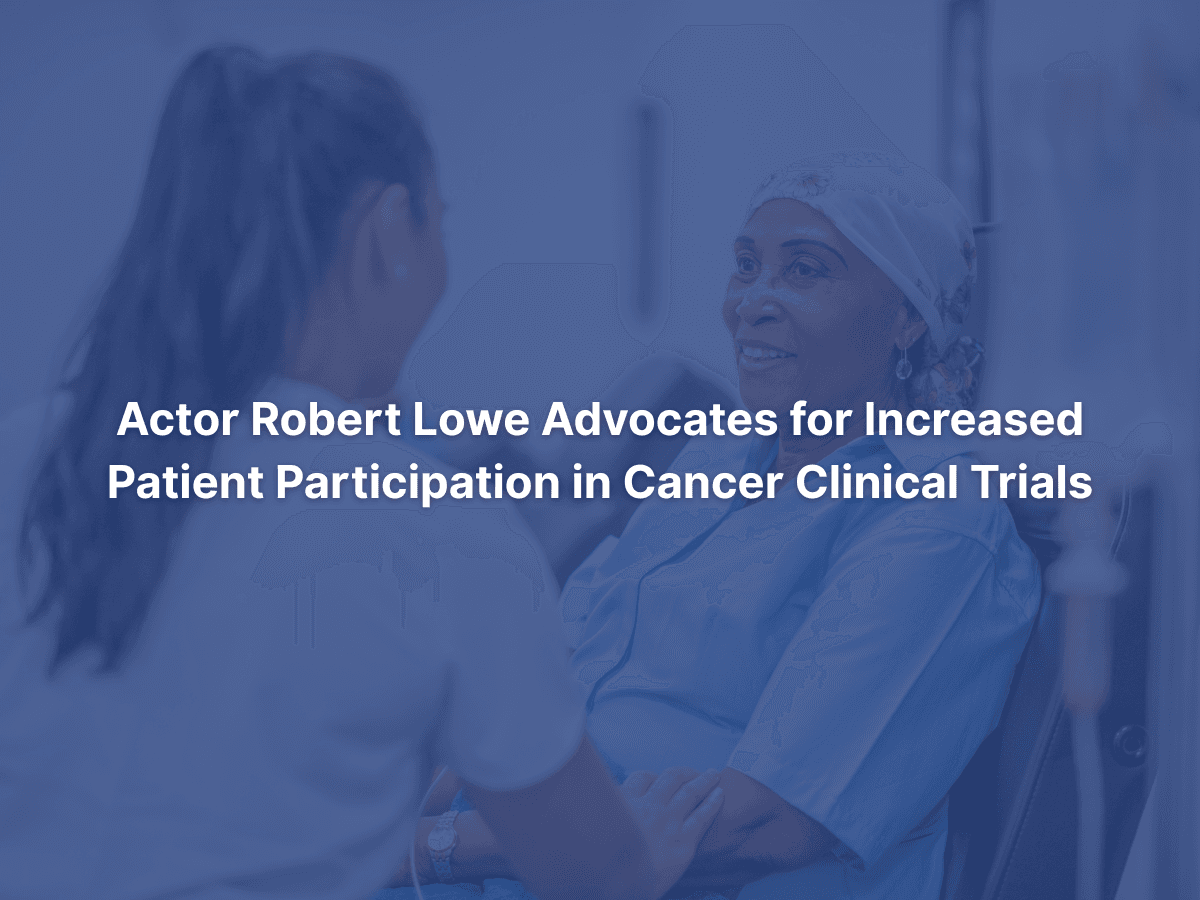
The Cancer News
AN AUTHORITATIVE RESOURCE FOR EVERYTHING ABOUT CANCER
From Glamor to Reality: How Tobacco Fuels the Lung Cancer Epidemic

Many Hollywood and pop star images on billboards or TV advertisements often depict a celebrity with a cigar or smoke emerging from their mouth. These images have become symbols of glamor and luxury, suggesting a life free of worries. However, this could not be further from the truth.
How Tobacco Became the Prime Suspect for Lung Cancer Incidence
Lung cancer was not medically recognized until the 18th century. In 1912, Isaac Adler published the world’s first monograph on lung cancer, noting the ‘abuse of tobacco and alcohol’ as a potential cause. Tobacco did not emerge as a significant suspect for causing lung cancer until the late 19th century. By the 1920s, a rise in lung cancer cases led surgeons to ponder the possible causes. Smoking, along with asphalt dust, industrial air pollution, and exposure to poison gas during World War I, was frequently blamed. As more evidence from population studies, animal experiments, and cellular pathology surfaced in the mid-20th century, cigarette smoking was established as the primary cause of lung cancer. For example, cancer-causing chemicals such as polycyclic aromatic hydrocarbons, arsenic, chromium, and nickel, among others, were identified as carcinogens in the 1950s. Similarly, in the 1930s, researchers discovered that cigarette smoke can cause ciliastasis– the deadening of the hair-like structures in upper airway passages of the body.
Expert Insights on Lung Cancer Risks and Advances
Lung cancer research is advancing rapidly, bringing new hope for patients. As Dr. Abdul Rafeh Naqash from Oklahoma University Health explains, “If somebody has lungs, they can have lung cancer. Yes, smoking is one of the stronger hits that have been identified, but there are other hits too, like asbestos, other chemicals, air pollution, and genetic aspects.” He stresses the importance of prevention and screening: “It starts with earlier detection, whether through lung cancer screening with mobile low-dose CT scans or timely referrals from primary care providers when they detect something unusual, such as a lung nodule or a persistent cough. Following the U.S. Preventive Services Task Force (USPSTF) recommendations for lung cancer screening is also crucial.” Despite the challenges, he remains optimistic about the treatment progress, noting that we have long-term survivors now. He reflected, “About 10 years to 15 years ago, we did not have any drugs for EGFR lung cancer. Now we have targeted therapies, which have transformed [patient outcomes]... I expect that in the next three to five years, we will probably have some major developments in that space.”
Screening and Early Detection in Lung Cancers
Since smoking is a leading cause, lung cancer is largely preventable. Tobacco smoking increases the risk of lung cancer by 20-fold compared to non-smokers. Other contributing factors include secondhand smoke, electronic cigarettes, cigars, pipes, water pipes, smoked cannabis, radon, and asbestos. A history of conditions such as asthma, pneumonia, tuberculosis, COPD, emphysema, chronic bronchitis, and HIV also poses some risk.
Therefore, the primary prevention mechanism for lung cancer is smoking cessation, which significantly reduces both risk and mortality. Since former smokers still face a high risk of dying from lung cancer, early detection is vital for decreasing lung cancer mortality and morbidity. Currently, Low-Dose Computed Tomography (LDCT) screening has shown the ability to lower lung cancer mortality by approximately 20-30% in major trials, such as the US National Lung Screening Trial and the European NELSON trial. Promising biomarkers- including microRNAs, DNA, proteins, and autoantibodies in blood, along with circulating tumor cells are being explored to enhance accuracy and improve early detection of lung cancer. The American Cancer Society currently recommends annual lung cancer screening with LDCT for adults aged 50-80 years who smoke or have a history of smoking.
History of Take Down Tobacco National Day of Action
April 1st marks the Take Down Tobacco National Day of Action. On this day, youth advocates and their communities come together to stand up to Big Tobacco and call for action against the ills of tobacco. This campaign works to expose the tricks tobacco companies use to lure the youth into a cycle of addiction, including companies introducing fun flavors, appealing devices, and using high doses of nicotine in their products. The Take Down Tobacco campaign can be traced back to 1996, when the campaign for Tobacco-Free Kids held its first “Kick Butts Day”. Young people gather to lend their voices against the tobacco industry and call for change in policies that would reduce youth smoking. As the years passed by, while youth smoking significantly dropped, there was an increase in new addictive and dangerous tobacco products such as e-cigarettes. This trend posed a threat to the progress made so far. Hence, in 2019, ‘Kick Butts Day’ was rebranded to Take Down Tobacco National Day of Action, as a reflection of progress so far and road ahead.
Overview of Lung Cancer
Lung cancer remains the leading cause of cancer deaths worldwide. According to the Global Cancer Statistics, as of 2022, almost 2.5 million lung cancer cases and 1.8 million deaths were reported. Tobacco smoking is a major risk factor for lung cancer and accounts for 80% to 90% of the disease diagnoses. There are two main types of lung cancer: Non-Small Cell Lung Cancer (NSCLC) and SCLC (Small Cell Lung Cancer). NSCLC accounts for more than 80% to 85% of lung cancer cases, with its subtypes including adenocarcinoma, squamous cell carcinoma, and large cell carcinoma. Once diagnosed, lung cancer patients undergo initial biopsy to distinguish whether it is NSCLC or SCLC based on the presence of specific biomarkers. Tissues are further evaluated for mutations in tumor-promoting proteins like EGFR, KRAS, and BRAF. Then, depending on the type of lung cancer and how far it has spread, patients can be treated with surgery, chemotherapy, radiation therapy, immunotherapy, targeted therapy, and palliative therapy.
Disparities in Lung Cancer
Lung cancer incidence and death rates vary across different demographic groups, largely due to disparities in tobacco use, the leading cause of the disease. Historically, smoking rates have contributed to higher lung cancer cases among men, but recent research shows that smoking-related risk is now similar for both sexes. Non-Hispanic Black men have higher lung cancer rates than other groups, while Hispanic individuals tend to have lower rates. Socioeconomic status (SES) also plays a key role, as lower SES is linked to a higher risk of lung cancer, even after accounting for smoking habits. The LGBTQ community faces additional challenges, with some subgroups experiencing higher lung cancer rates, partly due to increased tobacco use. Reducing these disparities requires targeted interventions and policies that promote tobacco control and ensure equitable access to healthcare.
What is Binaytara Doing?
Our organization is at the forefront of combating disparities and raising awareness about the prevention of all forms of cancer, including lung cancer. Change in lung cancer care starts with educating patients, healthcare providers, and other stakeholders. This helps empower patients to make informed decisions and equips providers with the tools they need to manage lung cancer patients. As such, among many of our educational programs, Binaytara has dedicated numerous Continuing Medical Education (CME) conferences to enhance knowledge about lung cancer. One of our upcoming lung cancer conferences in San Francisco will provide a comprehensive overview of emerging strategies for managing lung cancer. Similarly, our free Oncoblast app features a variety of lung cancer courses that make learning accessible and engaging for healthcare practitioners and students, right at their fingertips.
Take Down Tobacco Day 2025: How You Can Help
Undoubtedly, the rise of industrialization and mass marketing in the late 19th century made cigarettes widely available, leading to a global surge in lung cancer. Take Down Tobacco Day is a campaign advocating for a tobacco-free future for children. It challenges the long-standing portrayal of tobacco as a symbol of the "cool kid" image in pop culture. In addition to lung cancer, tobacco use is linked to serious health conditions such as heart attacks, strokes, diabetes, respiratory illnesses, and infertility. Numerous studies have shown that smoking harms not only the lungs but nearly every organ in the body. Quitting smoking offers significant health benefits, regardless of how long someone has been smoking. For more information on how to participate in this campaign, visit Takedowntobacco.org.
Works Discussed
-
Proctor R. N. (2012). The history of the discovery of the cigarette-lung cancer link: evidentiary traditions, corporate denial, global toll. Tobacco control, 21(2), 87–91. https://doi.org/10.1136/tobaccocontrol-2011-050338
-
Campaign for Tobacco-Free Kids. (n.d.). Take Down Tobacco. https://www.takedowntobacco.org/





